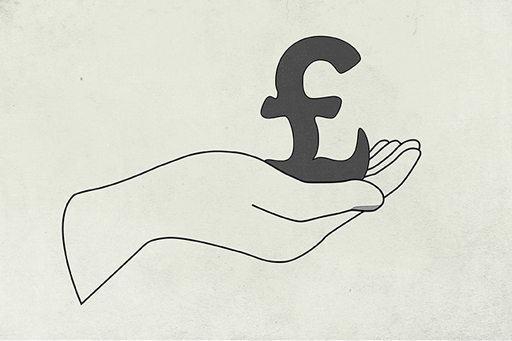2 Debt – some basic facts
When someone acquires a debt the money they have to repay to the lender consists of three elements.
The amount originally borrowed. This is normally referred to as the principal sum, or sometimes the capital sum. Let’s say £10,000 is borrowed for 5 years to buy a car. How will this be repaid? There are two usual ways to repay the principal sum (the £10,000): either in one amount at the end of the term of the loan (five years), or in stages over the life of the loan. The first way is often referred to as an ‘interest-only loan’ and the second a ‘repayment loan’. In the first way, the borrower will need to build up savings to pay off the loan.
The important additional cost of having debt. This is the interest that has to be paid on the debt. In effect, interest is an additional charge on the repayment of debt. It is normally expressed as a percentage per year – for example 7% per annum, more commonly abbreviated to 7% p.a.
Charges. There might be charges associated with taking out, having or repaying debt. These will be explored in more detail later.
Let’s look at interest payments in more detail. If £10,000 is borrowed and no repayments of this principal sum are made during the year, and the interest rate is 7% p.a. with interest being paid once a year at the end of the year, the interest charge for that year is £700.
So, provided the principal sum owed to the lender remains at £10,000 and the interest rate is 7% p.a., the borrower will have to pay £700 each year to the lender. This is an example of a simple interest calculation where the interest rate is applied just to the original sum borrowed.

